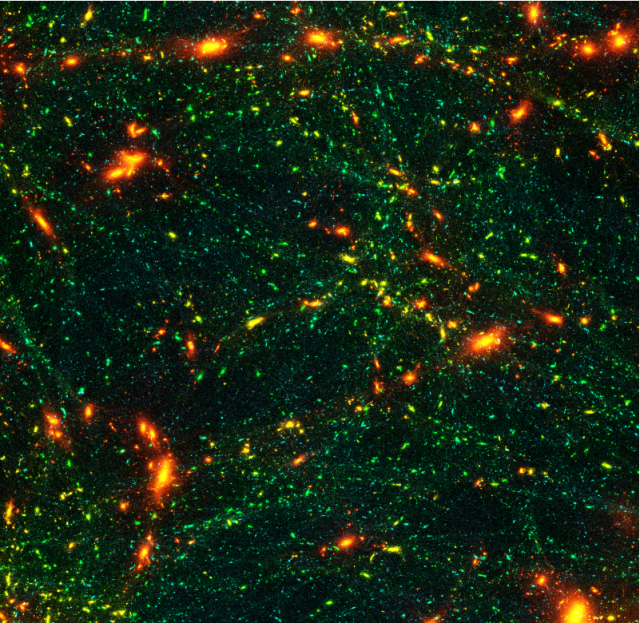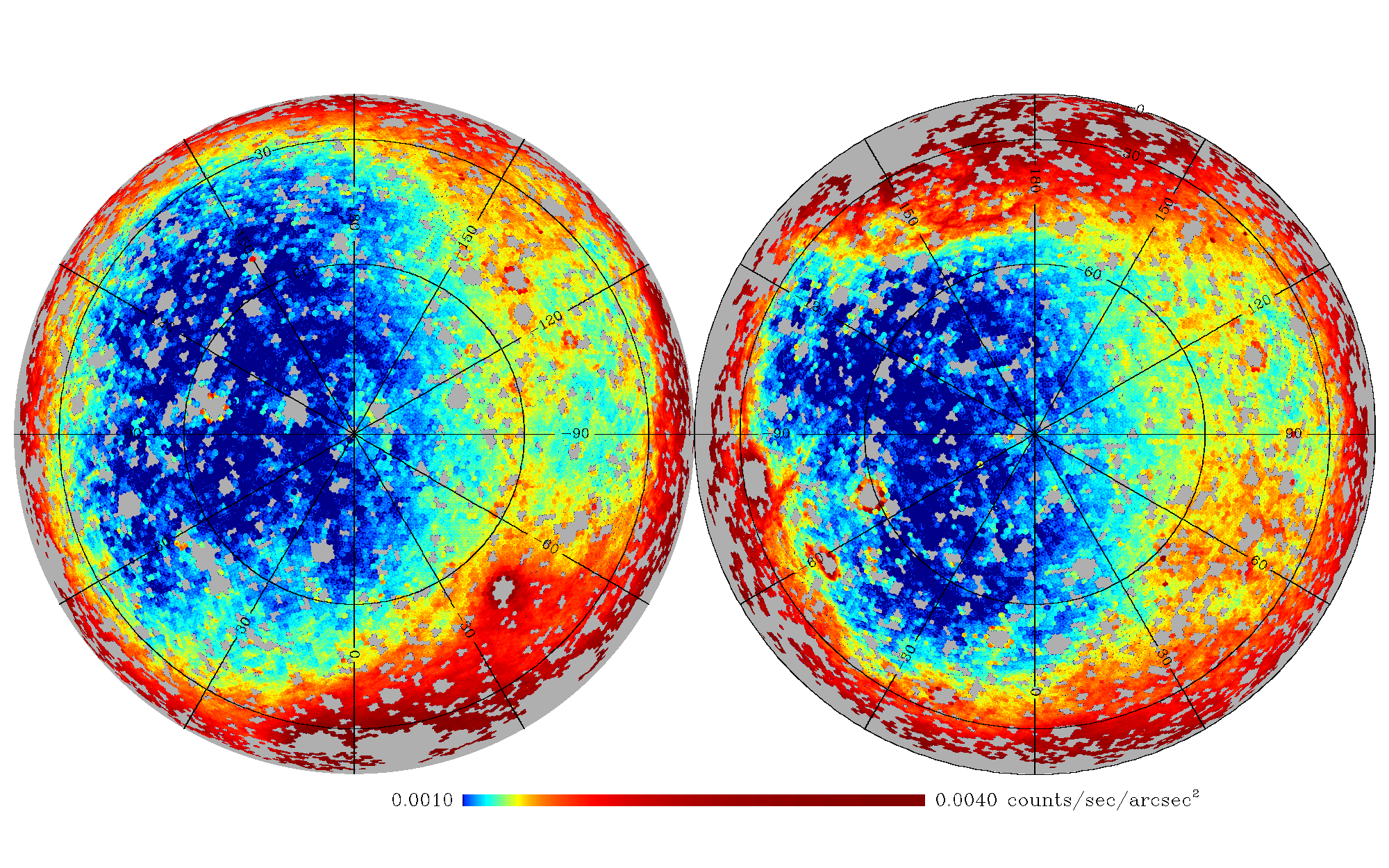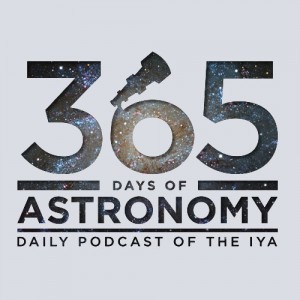DAMEWARE: A web cyberinfrastructure for astrophysical data mining by Massimo Brescia, et al.
Abstract:
Astronomy is undergoing through a methodological revolution triggered by an unprecedented wealth of complex and accurate data. The new panchromatic, synoptic sky surveys require advanced tools for discovering patterns and trends hidden behind data which are both complex and of high dimensionality. We present DAMEWARE (DAta Mining & Exploration Web Application REsource): a general purpose, web-based, distributed data mining environment developed for the exploration of large datasets, and finely tuned for astronomical applications. By means of graphical user interfaces, it allows the user to perform classification, regression or clustering tasks with machine learning methods. Salient features of DAMEWARE include its capability to work on large datasets with minimal human intervention, and to deal with a wide variety of real problems such as the classification of globular clusters in the galaxy NGC1399, the evaluation of photometric redshifts and, finally, the identification of candidate Active Galactic Nuclei in multiband photometric surveys. In all these applications, DAMEWARE allowed to achieve better results than those attained with more traditional methods. With the aim of providing potential users with all needed information, in this paper we briefly describe the technological background of DAMEWARE, give a short introduction to some relevant aspects of data mining, followed by a summary of some science cases and, finally, we provide a detailed description of a template use case.
Despite the progress made in the creation of DAMEWARE, the authors conclude in part:
The harder problem for the future will be heterogeneity of platforms, data and applications, rather than simply the scale of the deployed resources. The goal should be to allow scientists to explore the data easily, with sufficient processing power for any desired algorithm to efficiently process it. Most existing ML methods scale badly with both increasing number of records and/or of dimensionality (i.e., input variables or features). In other words, the very richness of astronomical data sets makes them difficult to analyze….
The size of data sets is an issue, but heterogeneity issues with platforms, data and applications are several orders of magnitude more complex.
I remain curious when that is going to dawn on the the average “big data” advocate.


